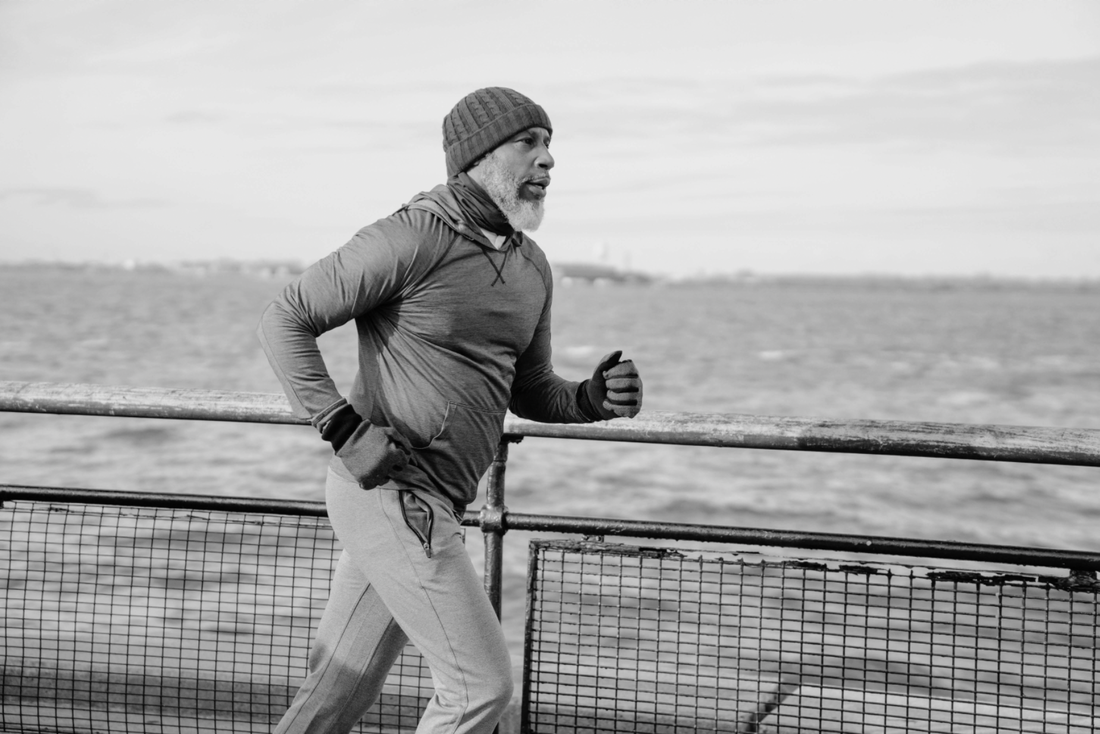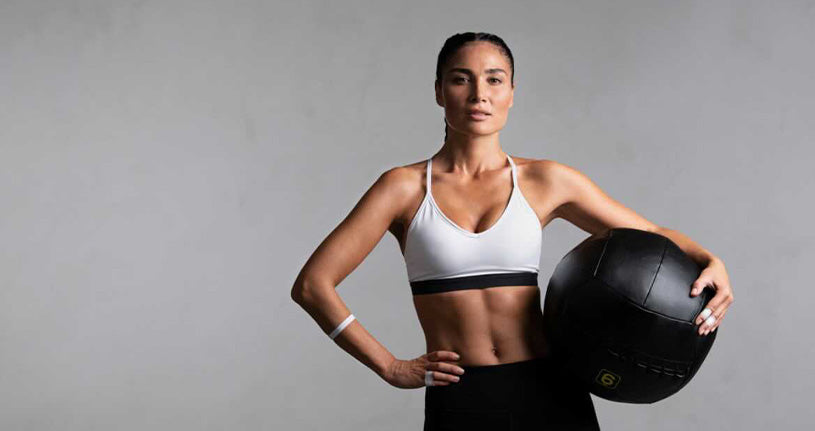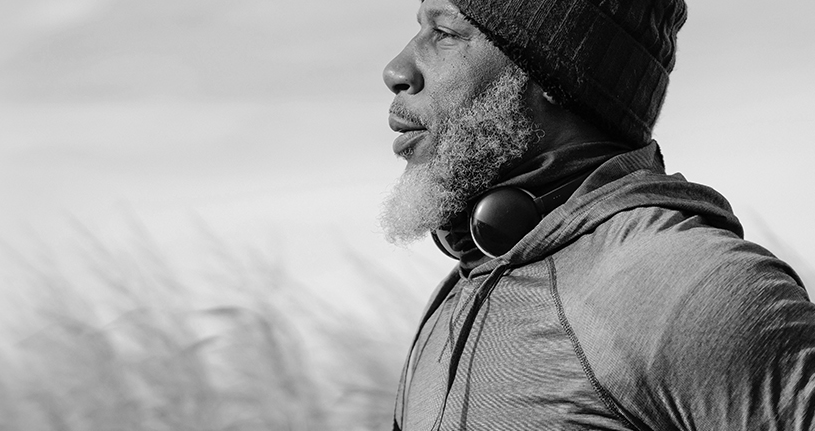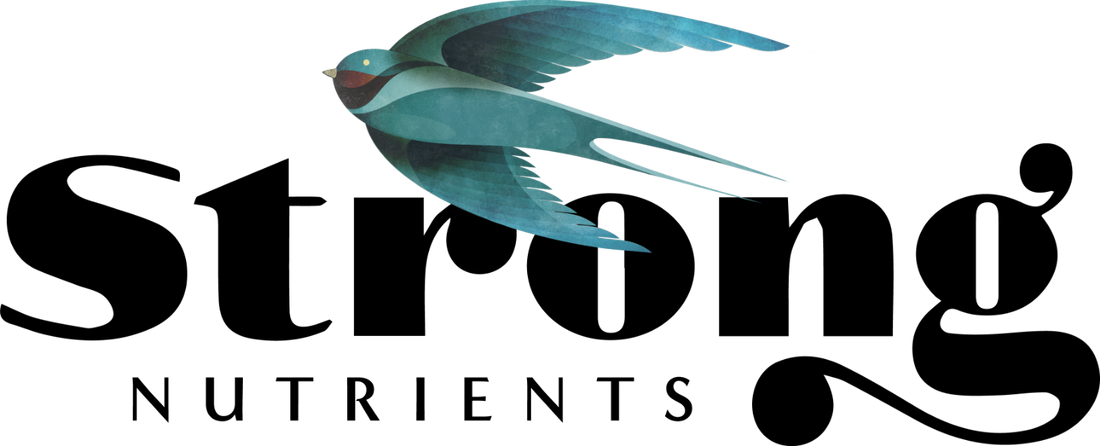The shoulder press: lateral press for your lateral deltoids otherwise known as the side of your shoulders, and front press, for those muscles at the front.
In terms of the benefits, the shoulder press obviously works your shoulder or deltoid muscles. Training your shoulders will give you strength for lifting and many “pushing” movements, however there are so many more advantages to be gained from training this little group of muscles.
From supporting your whole shoulder unit and helping secure that precious shoulder rotation to keeping your shoulder joint nicely in place. Training your shoulders can also take undue pressure off your neck, and, from the point of view of body shape, they show off your arms, highlighting the shape, making them look good even if they aren’t in good shape!
In addition, the shoulder press when performed with a reasonable weight, can be a lovely compound exercise, too, meaning your whole body can get involved. This in turn will have a lovely impact on growth hormone, your heart rate and in increasing your oxygen uptake. In short, you’ll burn fat faster, build muscle all over your body and get fitter!
So there you have it…the importance of this muscle group, cannot be understated! Now to the exercise: a brief guide to the lateral (or the front) press, using of course, free weights.
The lateral press is easily done in a gym on a machine, in fact it is hard to go wrong with machines as they tend to hold you in place. It’s the free weights that need attention. That said, the benefit of doing free weights can greatly outweigh a machine once you get it right as so much more of your body will work alongside you!
Getting started… I recommend you start with two kg weight until you get the form right. Practice in front of a mirror, and build up from there. When increasing to a 4kg, always look to start above your head, which is best done as follows.
Hold the weights at your chest with elbows underneath, side by side. Bending your knees and using your entire body including your legs, bring them to above your head with a nice explosive punch, then pause to get your balance. Keep a small bend in your knees slightly, as you get into position as mentioned below…
Watch the move here, at 2.18s
Body positioning. Have your feet shoulder width apart, knees soft with your weight towards your heel – hips back, and chest upwards. Keep steady and stable, throughout – no thrusting or swinging of hips. If this occurs – your weight is too heavy!
Positioning your weights: Aim to keep the weight above your elbows at all times – don’t let it fall inwards (towards your head or the shoulders themselves), or outwards (where you’ll engage your neck). And don’t let them lead in front of your body with your elbows training behind (this is an incline press and will work your chest!).
Watch the move here, at 2.46s
So to repeat – whether a lateral press or a front press, the weights are still always positioned directly over those elbows throughout the move, as you push up and as you return. The only difference between the 2 presses is whether your arms are wide towards the side of your body – now you’re working more into the lateral deltoid or the side of the shoulder – or narrow/ in front towards your chest, when you will feel it on the front of the shoulder as well as your back as it helps holds your position.
Don’t let the tension off at any point in the move. Arms reach straight up, try not to rest at the top but rather in a steady flow return to no lower than 2 inches or so below your shoulder height and return. Above all don’t let your elbows drop all the way down to your sides, not only will your deltoids no longer work at this point, but your neck will likely get involved on the initial lift.
Equally, keep your hands in a steady straight line so that the back of your hand stays in line with your wrist and your wrist with your forearm. The hands should never fall back. It can help to imagine your elbows are doing the lift, rather than the hands or the arms.
Very straightforward! Do 3 sets of between six-eight repetitions, starting, until you get used to all, with your 2kg in each hand. Ultimately as you get used to it, and have the positioning, you should be able to do 6kg upwards! I like to work from heaviest to lowest, starting at eg 8kg then reducing to 6kg then to 4kg, however this is one exercise where it really is worth investing time getting the form right before you venture to those bigger weights!






